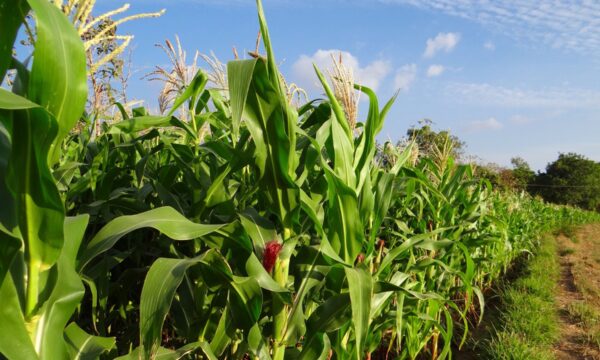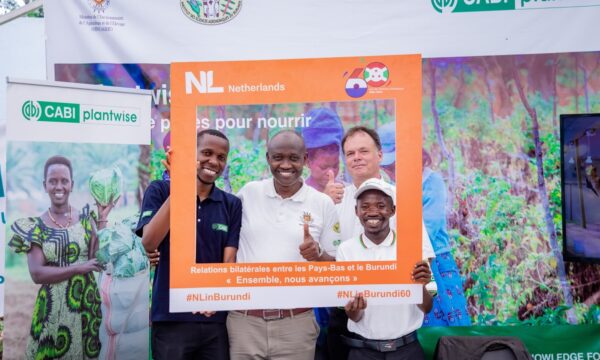Cotton topping is an agricultural technique in which the shoot tips of cotton plants are cut off by farmers. It has been used in some sub-Saharan Africa regions to increase crop yields, but has not previously been studied in the context of reducing crop pests.
One species of concern is the cotton bollworm, Helicoverpa armigera, which is a pest of major importance in most areas where it occurs, damaging a wide variety of crops including cotton. The distribution map on Plantwise.org includes nearly 600 distribution points. The presence of two to three larvae on a cotton plant is enough to destroy all the bolls (the protective capsule that cotton grows in) within 15 days. It can be controlled with pesticides as long as they are applied in the early stages of their growth.
However, these pests are increasingly developing resistance to the chemical insecticides currently in use, which means that new methods need to be found to control their populations. The use of chemical insecticides in the early 1980s (such as pyrethroids that induce pest paralysis) has led to insecticide resistance emerging in populations of H. armigera. This can be likened to bedbugs, which in the past were almost eradicated, but are now undergoing a recovery after gaining resistance to pyrethroids. Field failures resulting from pyrethroid resistance have been reported from Australia, Thailand, Turkey, India, Indonesia and Pakistan.
Currently some insecticides are rotated in their use to try and reduce the likelihood of pests gaining resistance to one specific type; however, this is not always possible. This study, published online in Crop Protection, looked into the use of cotton topping as a means to reduce bollworm infestation, in the hope of partially reducing the amount of insecticide being applied by farmers and the incidences of insecticide resistance.
Researchers performed field trials to compare topped plants with non-topped plants over a period of 6 years. There was no significant difference in seed cotton yields between topped and non-topped cotton plants. However, they did find that bollworm infestations were always lower on topped cotton, with 7 out of 12 trials showing significantly lower infestations on topped cotton.
They found that cotton topping led to reductions in the number of larvae present, with decreases of 56% in H. armigera, 68% in Earias spp. and 71% in Diparopsis watersi. It is also the first paper to report a decrease in D. watersi larval infestation with cotton topping.
Further studies are to be carried out to see if the use of cotton topping is an economically attractive alternative to insecticide use for farmers. Continued research into crop pests along with new control strategies are essential in reducing the use of costly insecticides, which may lead to resistant pests in the future.
Related News & Blogs
How plant clinics are strengthening crop health services in Bangladesh
When the first-ever plant clinic in Bangladesh opened in Dhaka in 2013, it initially faced a lack of interest due to its novelty and limited awareness among farmers. However, it went on to expand, providing advice to over 17,000 farmers and led to the…
2 July 2025





